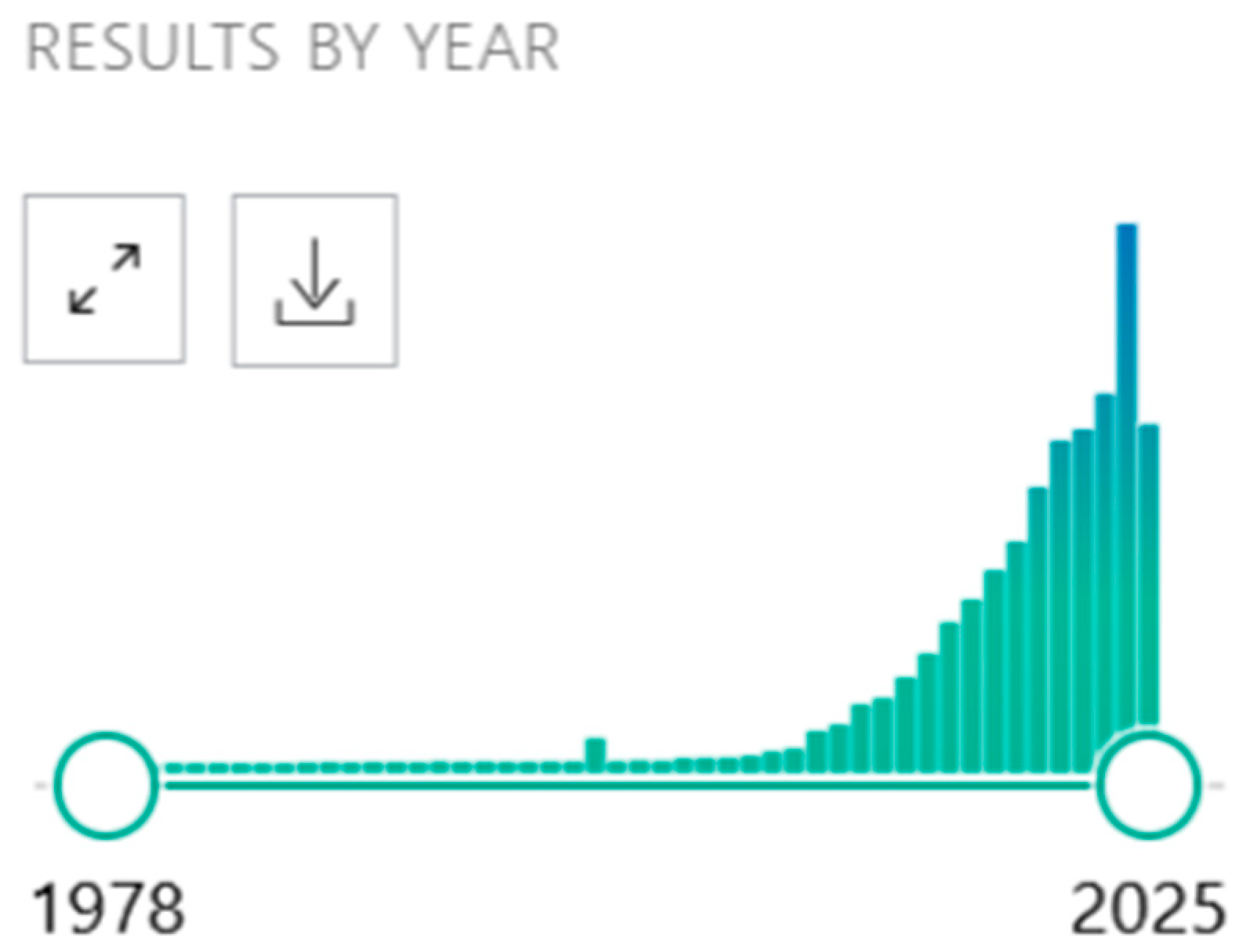Journal of Personalized Medicine—Aims and Scope Update
1. Introduction
2. JPM—Updated Scope and Aims
2.1. Aims
2.2. Scope
- Novel and emerging informatics applied to personalized medicine, including well-grounded artificial intelligence/machine learning-enabled methods.
- Diagnostic characteristics for disease subtypes, or evidence for groups of patients who are likely to respond to therapy vs. those who do not.
- Processes such as organ/tissue transplantation, where de-personalizing donor tissue results in broader positive outcomes for recipients.
- Methods papers that do not describe subpopulations where their approaches might be most or least effective.
- Reports and theoretical studies with broad implications only.
3. Updated Sections
- Personalized Preventive Medicine;
- Diagnostics in Personalized Medicine;
- Personalized Therapy in Clinical Medicine;
- Personalized Medicine in Pharmacy;
- Personalized Medical Care;
- Mechanisms of Diseases;
- Omics/Informatics;
- Disease Biomarkers;
- Pharmacogenetics;
- Precision Oncology;
- General.
Conflicts of Interest
References
- Journal of Personalized Medicine, Home Page. 2025. Available online: https://www.mdpi.com/journal/jpm (accessed on 30 April 2025).
- Journal of Personalized Medicine, Aims and Scope. 2025. Available online: https://www.mdpi.com/journal/jpm/about (accessed on 30 April 2025).
- Meyer, U.A. Welcome to the Journal of Personalized Medicine: A New Open-Access Platform for Research on Optimal Individual Healthcare. J. Pers. Med. 2011, 1, 1–4. [Google Scholar] [CrossRef] [PubMed]
- Comittee on Publication Ethics (C.O.P.E.); DOAJ; OASPA; WAME. Principles of Transparency and Best Practice in Scholarly Publishing. Available online: https://publicationethics.org/guidance/guideline/principles-transparency-and-best-practice-scholarly-publishing (accessed on 30 April 2025).

| Editor-in-Chief | Year |
|---|---|
| Prof. Dr. Urs A. Meyer | 2011–2015 |
| Prof. Dr. Stephen B. Liggett | 2015–2021 |
| Prof. Dr. David A. Rizzieri | 2021–2024 |
| Prof. Dr. Kenneth P.H. Pritzker | 2024–now |
Disclaimer/Publisher’s Note: The statements, opinions and data contained in all publications are solely those of the individual author(s) and contributor(s) and not of MDPI and/or the editor(s). MDPI and/or the editor(s) disclaim responsibility for any injury to people or property resulting from any ideas, methods, instructions or products referred to in the content. |
© 2025 by the author. Licensee MDPI, Basel, Switzerland. This article is an open access article distributed under the terms and conditions of the Creative Commons Attribution (CC BY) license (https://creativecommons.org/licenses/by/4.0/).
Share and Cite
Pritzker, K.P.H. Journal of Personalized Medicine—Aims and Scope Update. J. Pers. Med. 2025, 15, 436. https://doi.org/10.3390/jpm15090436
Pritzker KPH. Journal of Personalized Medicine—Aims and Scope Update. Journal of Personalized Medicine. 2025; 15(9):436. https://doi.org/10.3390/jpm15090436
Chicago/Turabian StylePritzker, Kenneth P. H. 2025. "Journal of Personalized Medicine—Aims and Scope Update" Journal of Personalized Medicine 15, no. 9: 436. https://doi.org/10.3390/jpm15090436
APA StylePritzker, K. P. H. (2025). Journal of Personalized Medicine—Aims and Scope Update. Journal of Personalized Medicine, 15(9), 436. https://doi.org/10.3390/jpm15090436





